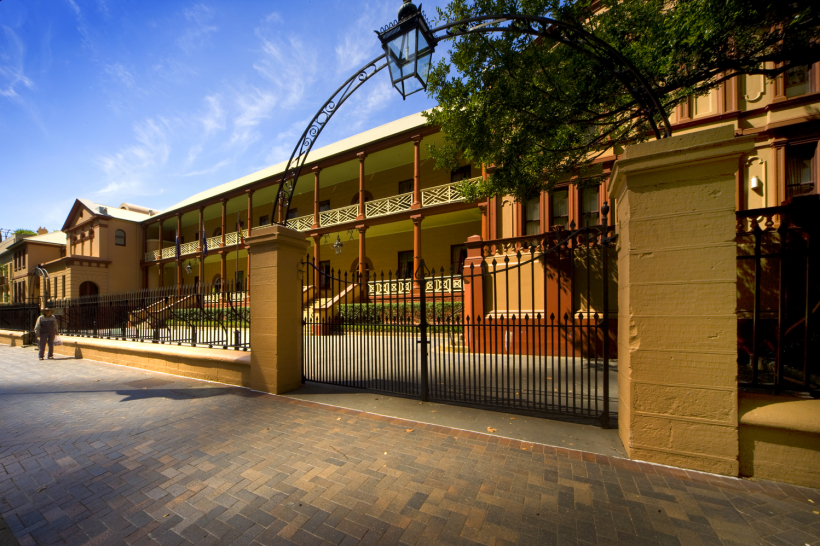Australia’s ambitious scientific mission to retrieve an Antarctic ice core dating back more than a million years is a step closer, with the public unveiling of the completed drill, and its first test outside of the workshop in Hobart today.
Australian Antarctic Division engineers prepared massive blocks of ice over two months, adding small amounts of water every day to make the half tonne necessary to replicate the icy Antarctic conditions required to properly test the drill.
Minister for the Environment Sussan Ley said a million years ago the rhythm of ice ages changed dramatically and the million-year ice core program is about finding out why.
“It is a huge milestone for our engineers and scientists to test the 400-kilogram drill today, which can operate at temperatures 55 degrees below zero, and see it bore into the specially prepared blocks of ice for the first time,” Minister Ley said.
“Australia’s role in global climate research is incredibly significant and this project is at the absolute cutting edge, globally. We hope this information will help us understand more about climate changes of the past and long-term climate impacts.
“The ice cores contain tiny bubbles of air from around a million years ago, which will give us a snapshot of the atmosphere from that period of time.
“To deliver the world’s oldest ice core, teams will traverse 1300 kilometres of the Antarctic to the site at ‘Little Dome C’ and then drill for several summer seasons through 2800 metres of ice in some of the most inhospitable terrain on earth.
“This is a modern-day Antarctic adventure that conjures all the images of legendary Antarctic exploration and which by around 2025 will contribute greatly to knowledge about our climate and our future.”
The 10-metre-long stainless-steel drill head has been specifically designed and built by the Australian Antarctic Division in Tasmania over the last two years. The drill will be used to reach 2800 metres deep into the Antarctic ice cap to retrieve the world’s oldest continuous ice core, in a project seen as a ‘grand challenge of climate science’.
Link to vision and stills:






.jpg?sfvrsn=3ac6e96a_4)

